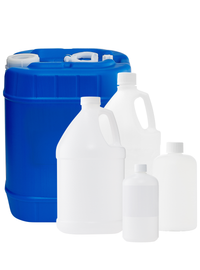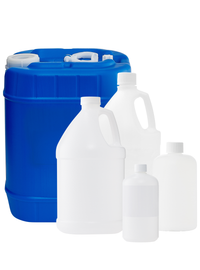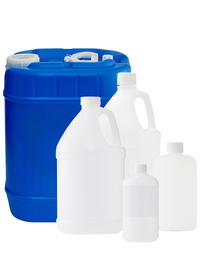Concentrated Sulfuric Acid
Also Known As Hydrogen Sulfate Or Oil Vitriol
About Sulfuric Acid
Sulfuric Acid, commonly known as hydrogen sulfate or Oil Vitriol, is a sulfur oxoacid composed of two oxygen atoms and two hydroxy groups that bound with a sulfur atom to produce this inorganic acid.

Sulfuric Acid is strongly acidic with a very low pH, which makes it a very corrosive substance; it is available in many grades ranging from electrolyte grade up to 96%.
Sulfuric Acid is an essential chemical due to its numerous applications; it can be utilized as a raw material or processing agent.
Industries that use Sulfuric Acid
Common Uses and Applications
- Metal processing
- Battery acid
- Cleaning agent
- Antifreeze
- Fertilizer
- Drying agent
- Analytical reagent
- Reducing/oxidizing agent
Filters



























